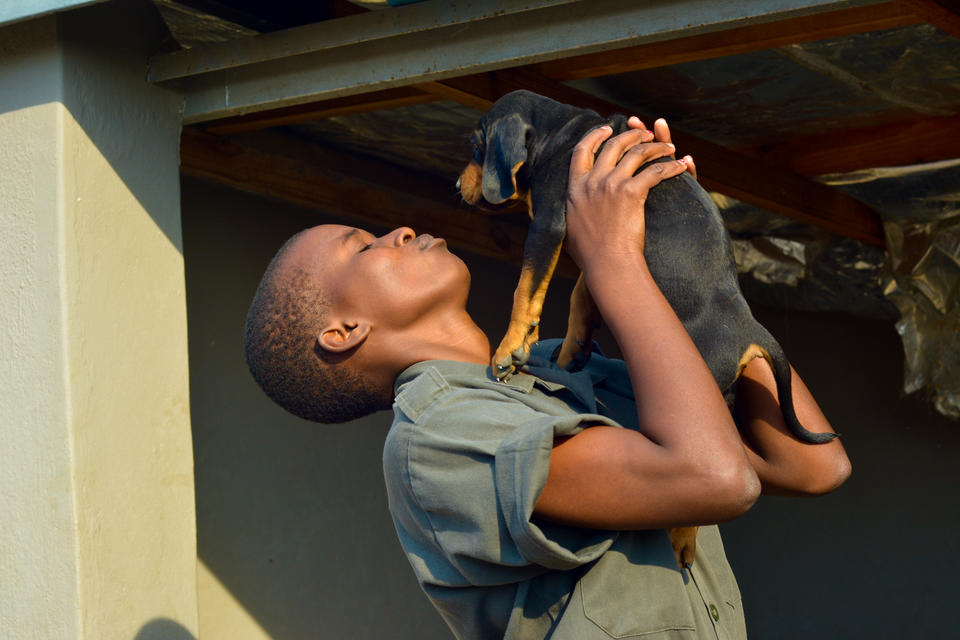Image

MEGAN BRIEF
Exploring Multimedia Storytelling as a Novel Tool to Inspire Americans to Participate in Wildlife Conservation
ABSTRACT
Human and nonhuman animal lives are intimately entangled. In the age of the Anthropocene, it is imperative to reexamine our proximity and kinship with nature. Human-wildlife conflict can evolve into coexistence through conservation efforts marked by creativity and compassion. To inspire conservation action among North American audiences, we must enact novel ways of disseminating scientifically technical concepts.
Multimedia storytelling can encourage equitable involvement among lay participants in conservation spaces. When inclusive of Indigenous knowledges, and conscious of damage narratives, such innovative stories can empathetically communicate wildlife degradation and injustices, as well as animate vulnerable human and nonhuman communities.
In consonance with the explorative and experimental nature of my thesis, I would like to impart
readers with a multimedia story. I use my photographs, accompanied by written reflection, to recount my experiences in South Africa. The following series of images were taken at the Mahlahla Game Reserve, a slab of private property designated for paying tourists and trophy hunters. On this particular day, our 2019 RISD Global class, "The Art and Science of Conservation," was granted exclusive access to an event that was both intimate and chaotic—the relocation of sable antelope bulls.
Expiration Date
Image
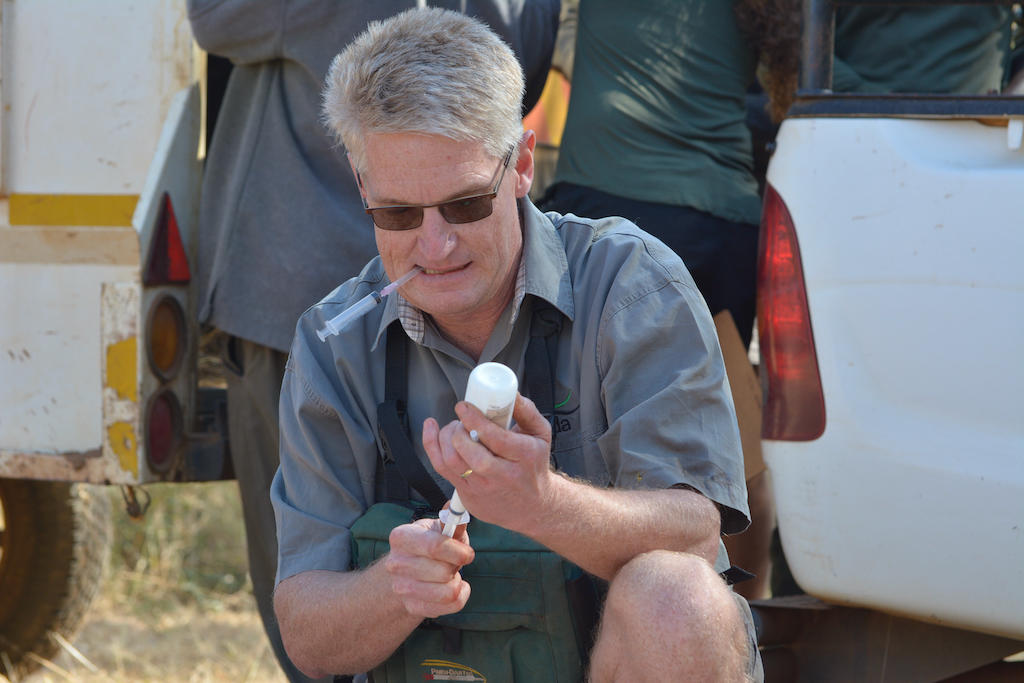
The veterinarian, seen precariously balancing anesthesia syringes, had to ensure the bulls were sedated through their transportation to the area of land where they would graze until their predetermined date of expiration. The fate of the bulls would be as clinical and as precise as the manner in which they were temporarily pacified now—however, the next injection would be lethal.
[Dis]order / Disassociate
Image
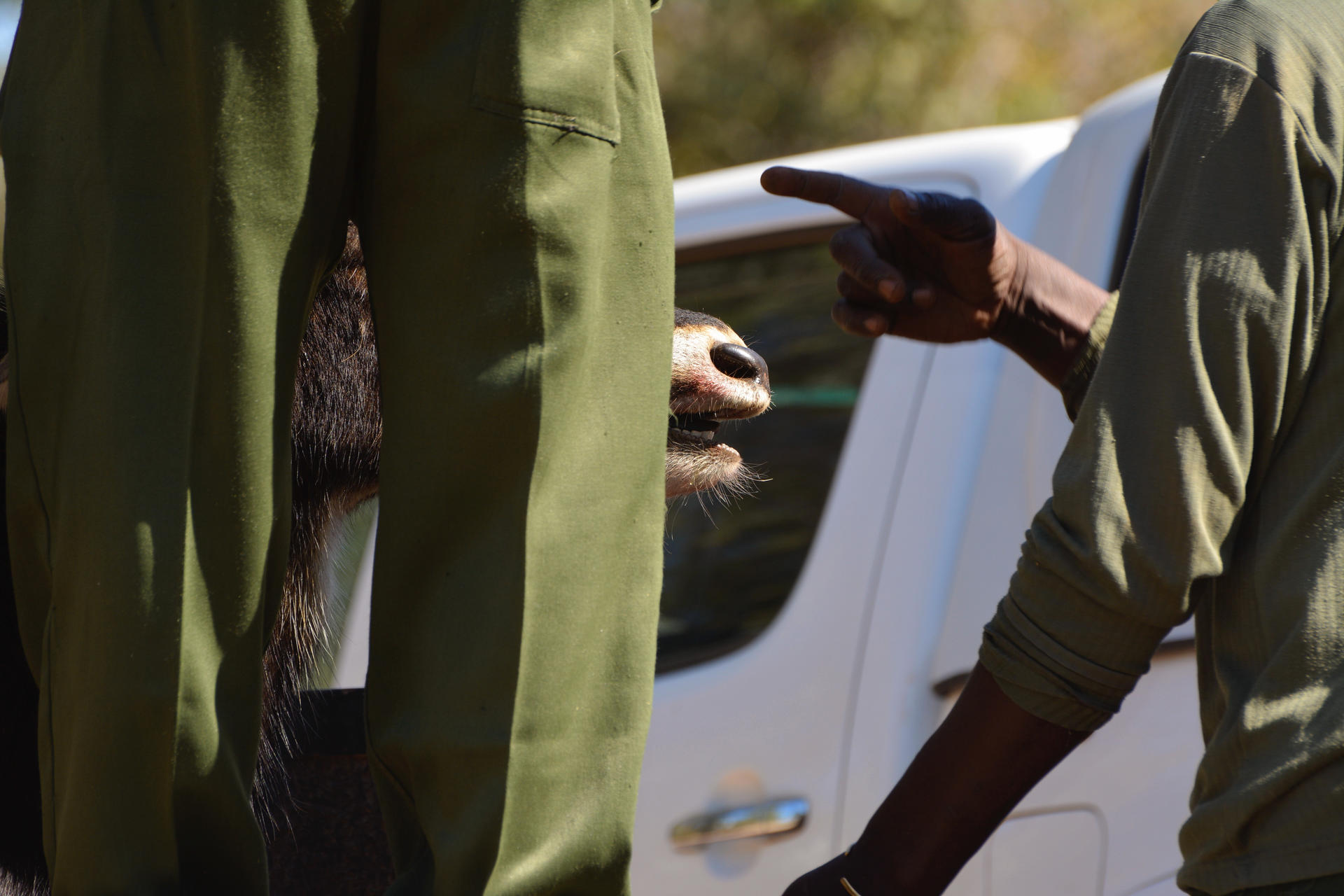
In the dusty scuffle of flailing bodies, both human and animal, and in between the cacophony of bilingual commands, the American hunters, decorated in pink and green camo, enthusiastically took a front row seat in the bed of the truck.
System of Values / SEDATED
Image

The pandemonium was likely an exhilarating bonus to their nearly USD $20,000 ticket to shoot a preselected, pre-packaged moving target. The cost undoubtedly took into account the expenses associated with maintaining 30 acres of “breeding camp” territory. This cultivated land ensured the paying customers a genetically pure trophy, unadulterated by any physical deformities that might result from inbreeding among the herd. The sables were worth more money this way. Greater bragging rights too.
Caged
Image
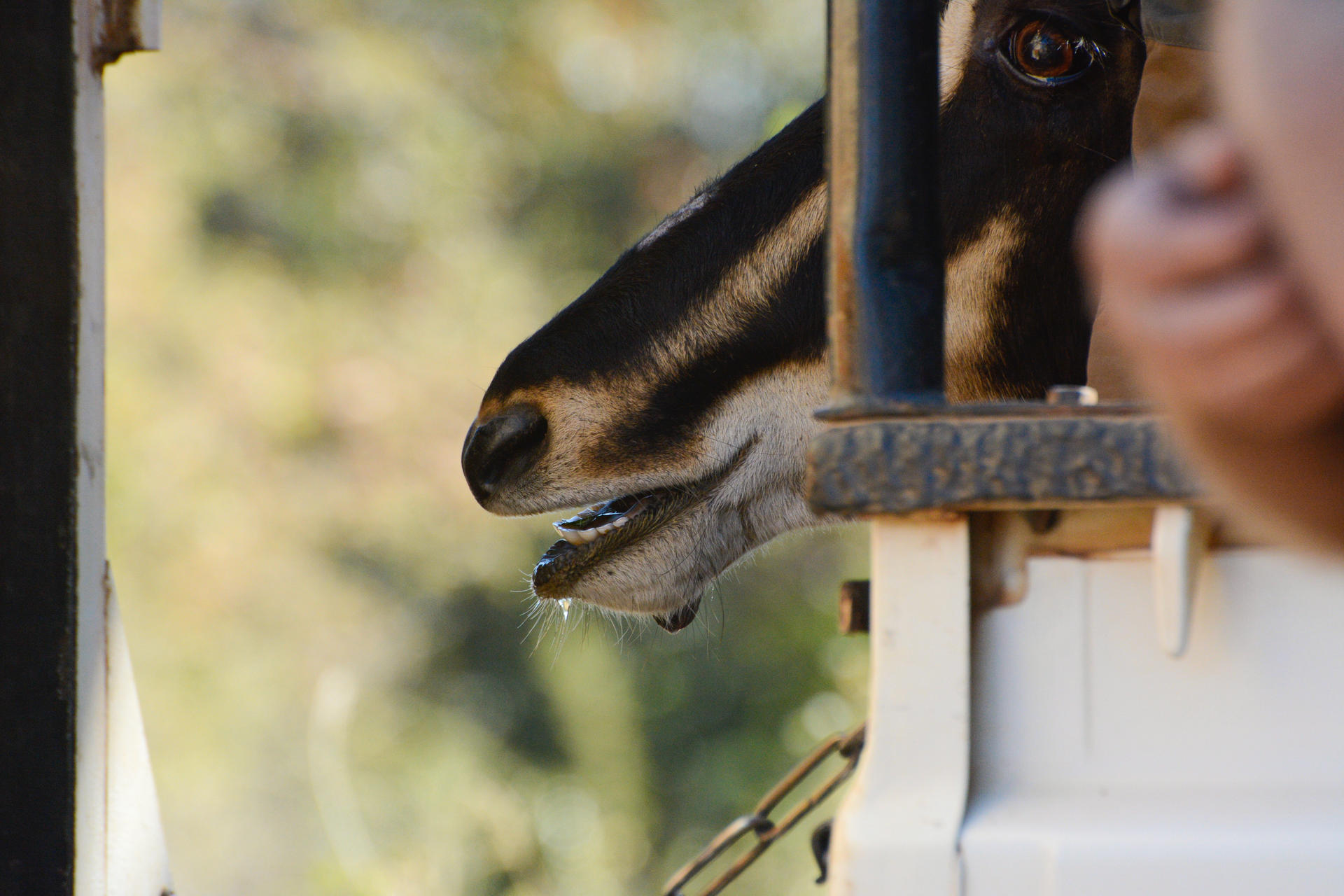
This static, disassociated, and productive system of values perpetuated by elite hunters, is the antithesis of morals shared by the South African conservationists who often sacrifice their lives to defend imperiled wildlife.
Guardians of Biodiversity
Precious Malapane, of the Southern African Wildlife College Anti-Poaching K9 Unit, doubles as a single mother and a dog-trainer. Wildlife rangers assume many roles in service of their communities. They may combat the illegal wildlife trade through military missions, become ecological researchers and conservation educators to local students, or become rehabilitators of injured and orphaned wildlife. Rangers monitor millions of acres of protected area, risking terrorist groups, disease, and fatal accidents, as well as separation from loved ones for what could be months at a time. Whether out in the field, protecting the world’s biodiversity, or at home, providing for their families, their impact is felt globally.
I was often told by the wildlife experts and rangers, that a dead animal is worth far more than a living one in the trade. A privately owned rhino for example, costs around USD $20,000 alive, whereas, post-slaughter, one can sell its horn on the black market for USD $60-70k per kg. It’s through this commodification of life that nonhuman animals, and the humans who protect them, become alienated, become less-than, become invisible.
Images
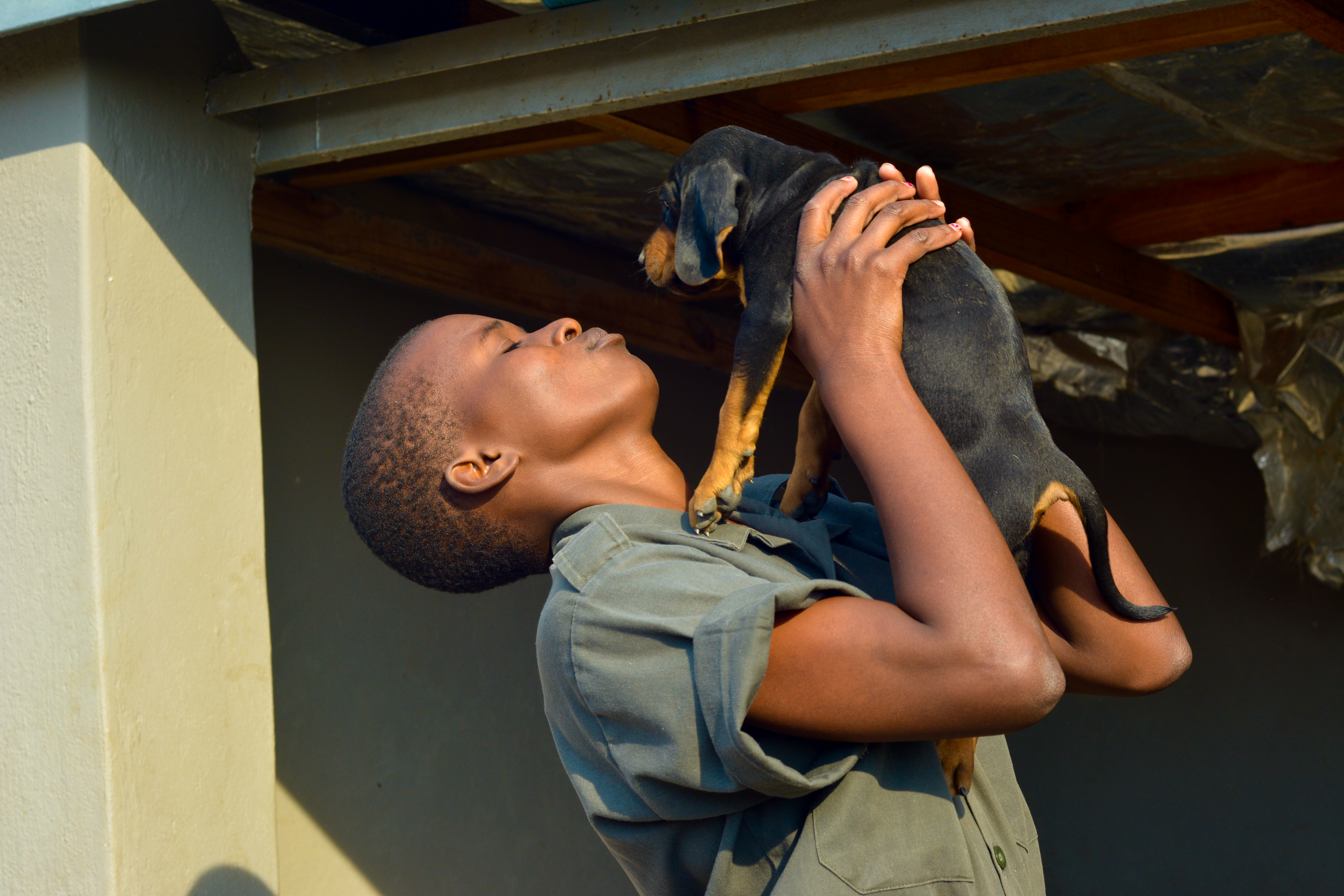
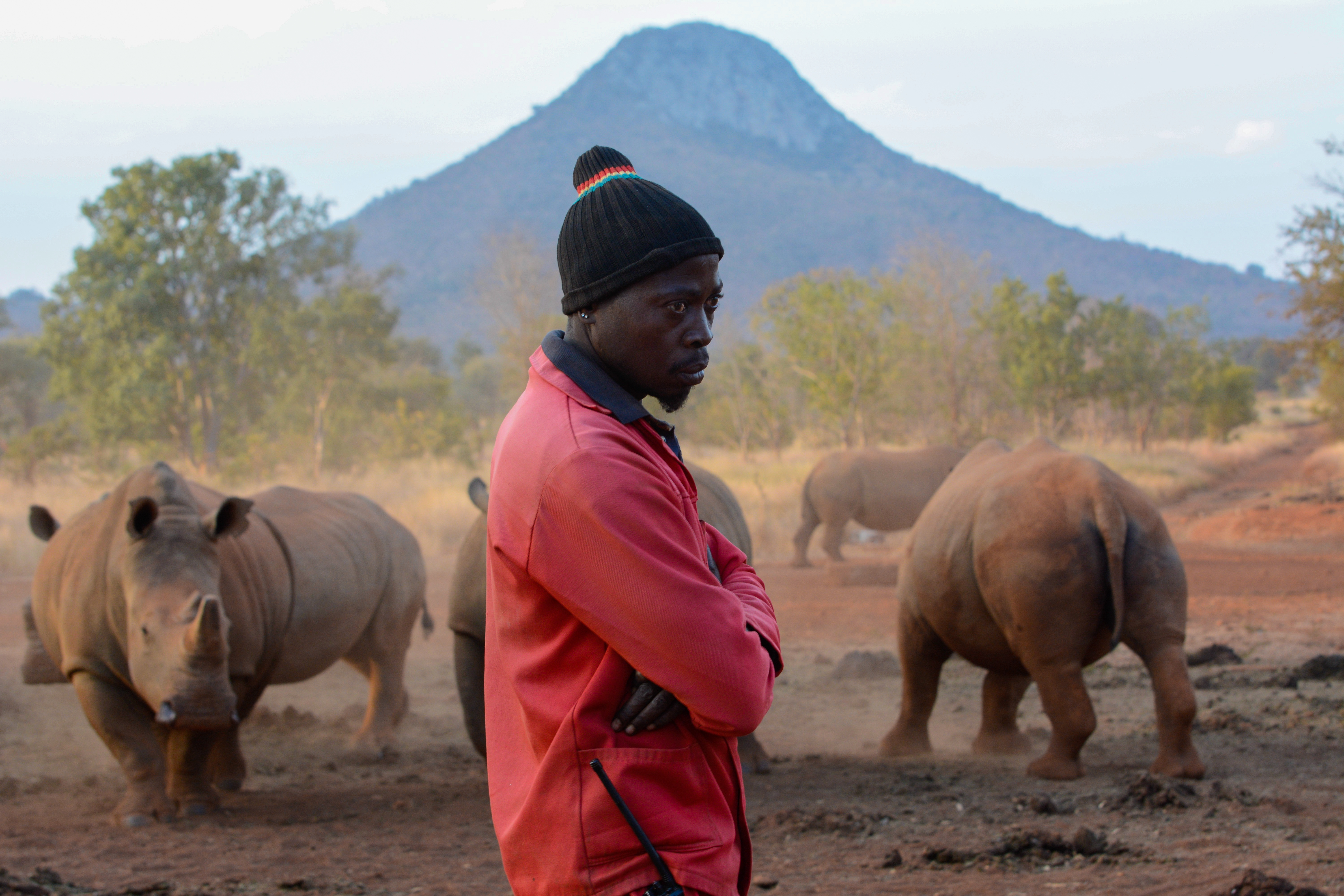
Storytelling is the medium for which these lives may be reimagined. It will never be enough to dissolve centuries of systemic inequities. It will never be enough to eliminate the American demand for wildlife, or the supply in marginalized communities, but it may be enough to evoke the kind of empathy needed to inspire conservation action.
THESIS TABLE OF CONTENTS
Forward
Introduction:
Inspiration
Pangolins Made Visual
Pangolins and the Pandemic
Storytelling for Conservation
PART I Pangolins: Myth to Media
CHAPTERS
1. Plight of the Pangolin
2. Pangolins: Intrinsic & Instrumental Value
i. Myth
ii. Medicine
iii. Meat
iv. Mammalian Fashion
3. Re-imagining Pangolin Conservation through Multimedia Storytelling
PART II Trafficking Nonhuman Animal Species
CHAPTERS
1. The United States’ Role in the Illegal Wildlife Trade
PART III Conservation Methods
CHAPTERS
1. Science-Informed Conservation Strategies
i. Conservation Biology
ii. Intersectional Environmentalism
iii. Compassionate Conservation
2. Nonprofit Organizations
3. Community Conservation
4. Colonization of Conservation
5. Green Militarization
PART IV Multimedia Storytelling
CHAPTERS
1. More-Than-Human Ethographies
2. Conservation Photography & Wildlife Photojournalism
3. Visual Art
4. Creative Writing & Fictions
Conclusion
References
Thesis Advisor: Dr. Lucy Spelman
Second Reader: Dr. Namita Dharia

